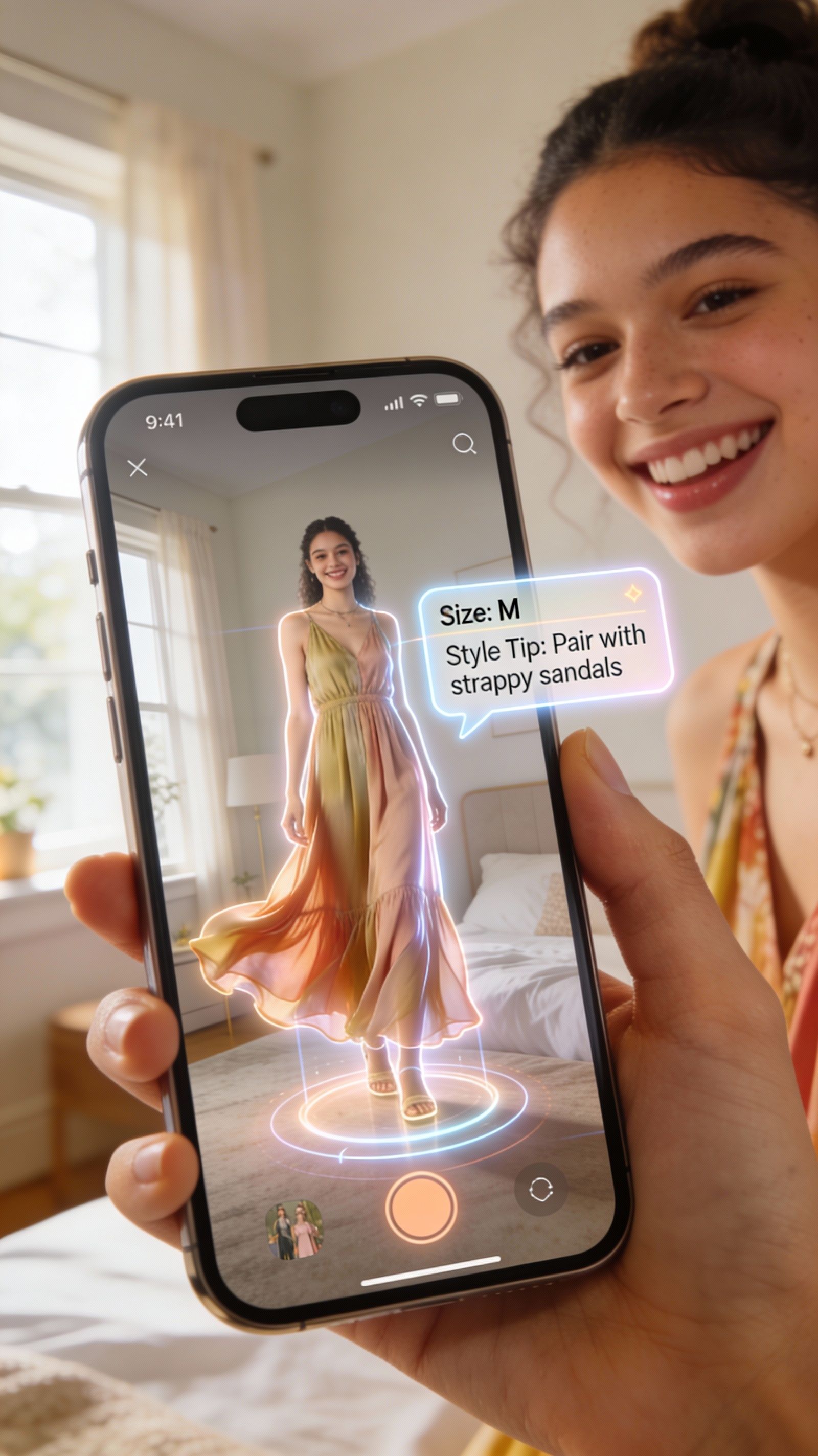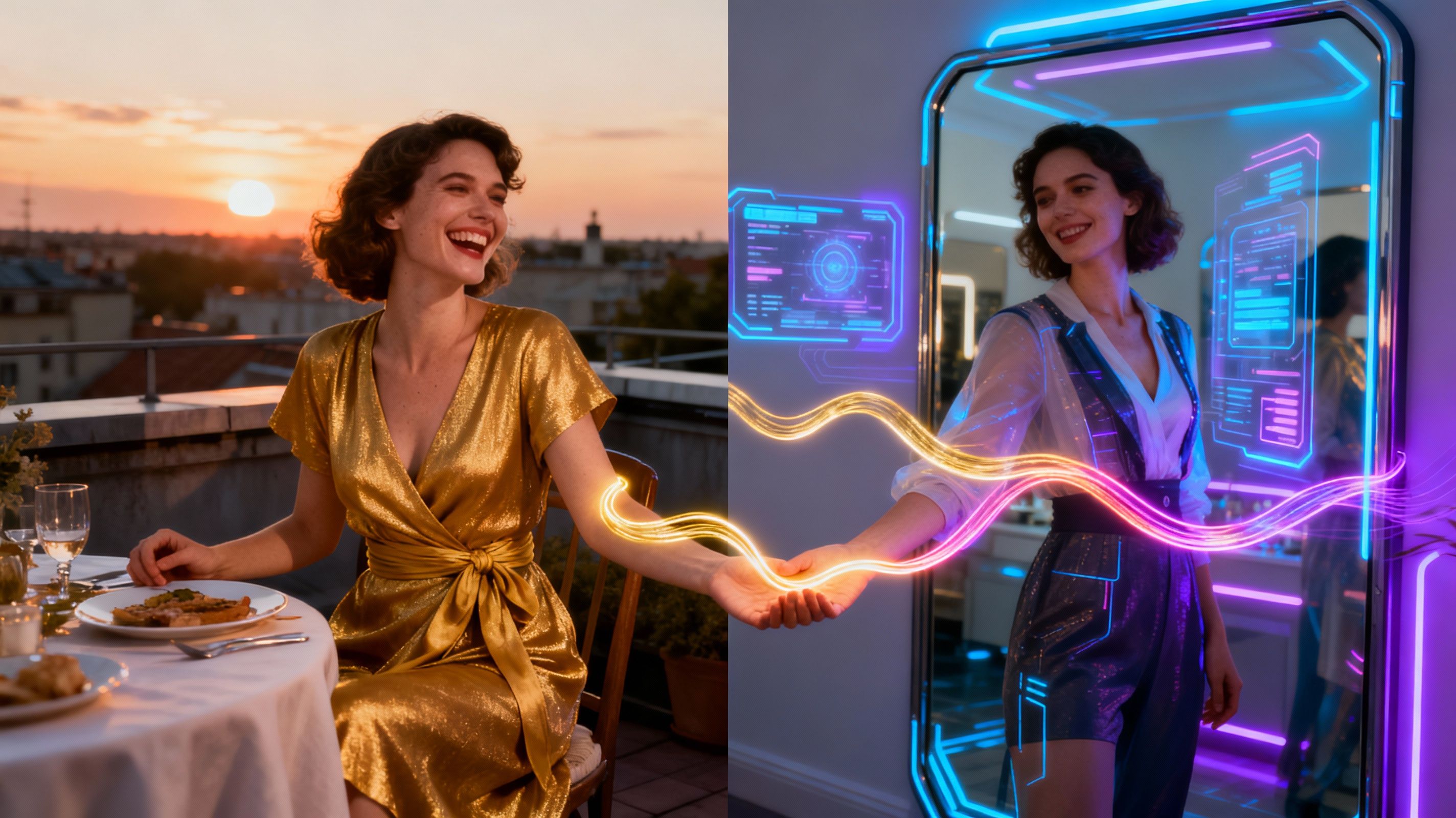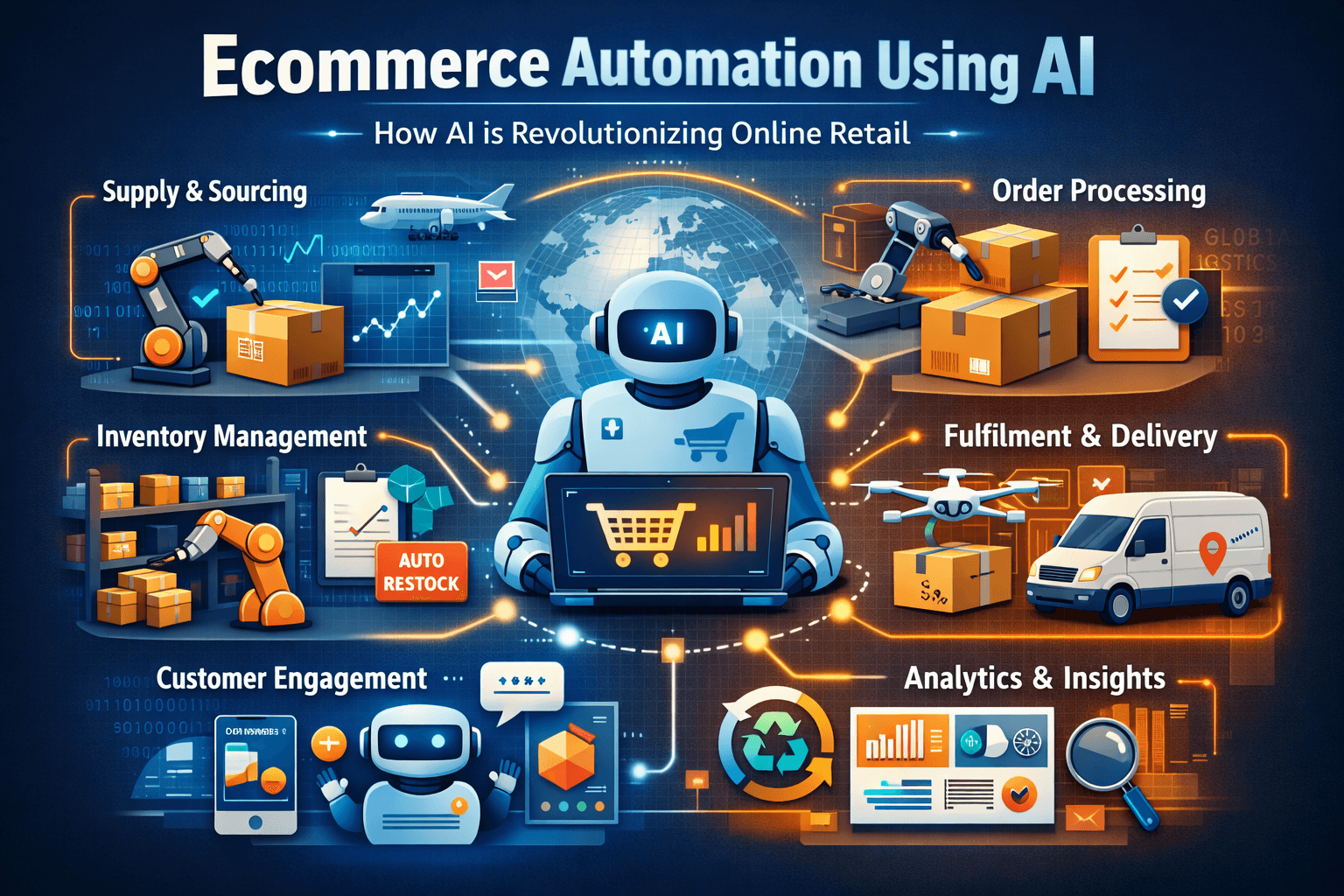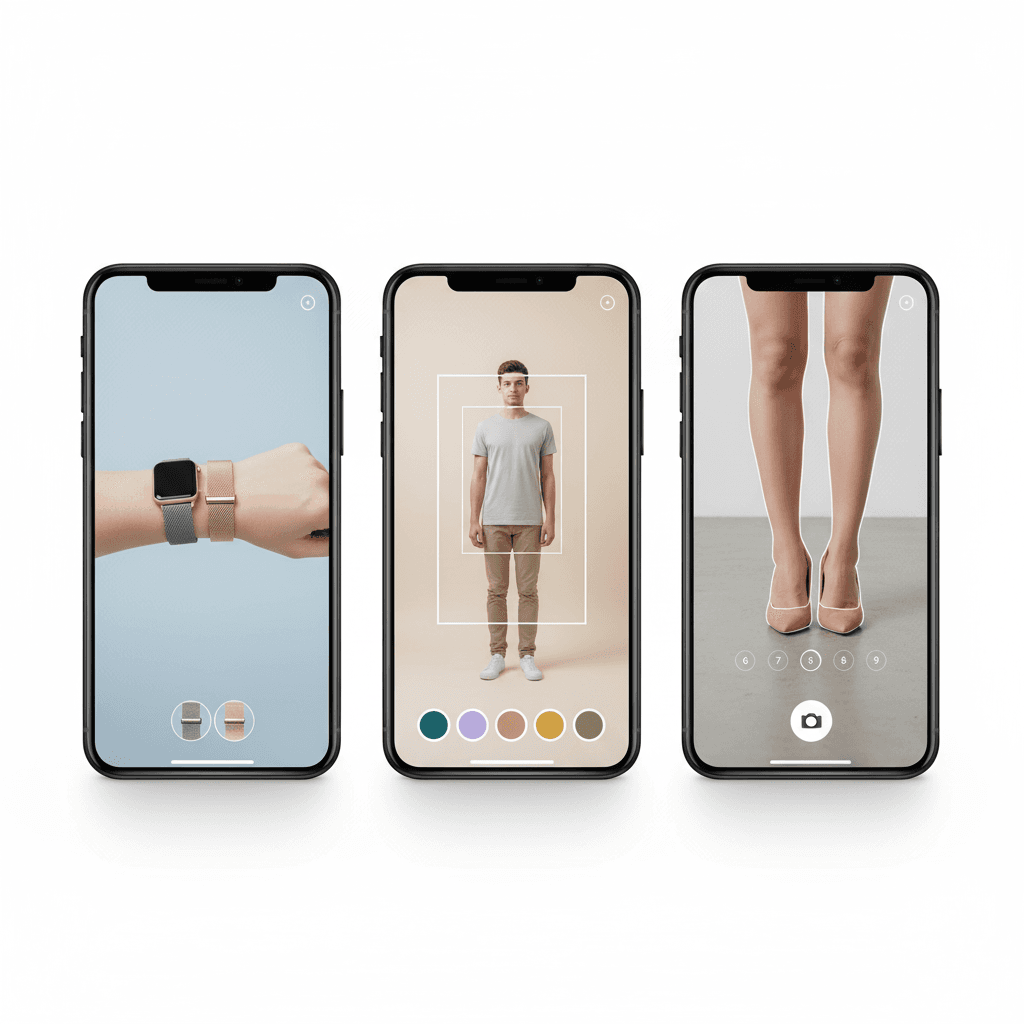How Augmented Reality Retail Shopping Is Changing Fashion?
AI Shopping Experience: Are Virtual Runways the Future?


TL;DR
AI is transforming fashion shows into immersive digital experiences. From virtual influencers to AI retail solutions and store builders, fashion is shifting toward shoppable, sustainable, and globally accessible runways—redefining how people discover and buy style.
Introduction: The Runway Goes Digital
Fashion shows are no longer confined to glossy runways in Paris or Milan. With over 70% of consumers showing interest in virtual shopping experiences, the fusion of artificial intelligence and fashion is sparking a revolution. AI isn’t just helping brands sell — it’s reinventing how fashion is showcased, experienced, and purchased.
From AI-generated influencers to virtual storefronts and interactive catwalks, the AI shopping experience is shifting fashion from passive viewing to immersive engagement.
According to a 2024 Vogue Business x Amazon Ads report, European luxury shoppers are almost evenly split — 45% still buy in-store, while 42% now prefer digital platforms. This balance shows how hybrid retail and virtual experiences, like AI-powered fashion shows, are becoming mainstream.
From Haute Couture to High Tech: The Evolution of Fashion Shows

Fashion shows have long been the industry’s heartbeat—exclusive, invitation-only events hosted by luxury houses. But the COVID-19 pandemic was the turning point.
When physical events halted, brands went digital. Balenciaga, Dior, and Gucci pioneered virtual shows with 3D rendering, CGI environments, and immersive livestreams.
By 2022, these experiments evolved into AI-driven virtual runways.
And by 2024, AI retail solutions were transforming digital shows into interactive shopping ecosystems.
According to Vogue Business, “If you combine this all together with the replays … we have an audience of over 10 million viewers.
Virtual Runways: How AI is Changing the Fashion Experience
AI isn’t just digitizing fashion shows — it’s redefining them. Virtual runways powered by AI introduce features like:
- Location Independence: Accessible from anywhere, anytime
- Real-Time Interactivity: Viewers click on outfits, vote on looks, or explore details
- Shoppable Catwalks: Integrated AI for shopping lets audiences buy as they watch
- Creative Freedom: Avatars can wear gravity-defying designs in surreal settings
These shows offer a fusion of performance, personalization, and purchase — all at once.
AI-Powered Models and Influencers

Virtual influencers are redefining the front row. AI-generated personalities like Lil Miquela and Shudu Gram are now fashion icons with millions of followers.
- Built using deep learning algorithms and 3D modeling
- Cost-effective, scalable, and endlessly re-styleable
- Engage with fans through AI-generated content and influencer marketing
These AI models are reshaping the idea of representation and brand loyalty.
AI Fashion Design Tools Behind the Virtual Runways
Beneath every virtual show is a toolkit of powerful AI fashion design software:
- Fabric Simulation: Models the texture, flow, and movement of digital clothing
- Auto-Styling Algorithms: Creates matching looks based on trends and themes
- Trend Prediction Engines: Analyze social data and fashion history to forecast trends
These tools help designers reduce lead times, experiment creatively, and eliminate production waste.
What Are AI Retail Solutions in Virtual Runways
AI retail solutions refer to the suite of tools that enable brands to:
- Create personalized show experiences
- Track and analyze consumer behavior in real time
- Merge marketing with commerce for seamless shopping
Examples include:
- AI product suggestions based on viewer preferences
- Dynamic inventory updates post-show
- Multilingual interfaces for global viewers
These tools power the intelligent engine behind AI shopping experiences.
How AI Store Builder Helps Virtual Runways
Once the show ends, the store begins. AI store builders allow brands to:
- Instantly launch digital storefronts
- Personalize layout, pricing, and inventory per user
- Use behavioral analytics to fine-tune shopping flow
An AI store builder ensures that inspiration instantly leads to conversion — no delays, no drop-offs.
How Glance AI is Transforming the AI Shopping Experience
Glance delivers fashion directly to mobile lock screens, reimagining discovery with:
- Bite-Sized Fashion Shows: Watch curated clips with one swipe
- Real-Time Outfit Suggestions: AI recommends looks you love
- Interactive Lookbooks: Tap to explore or buy styles
It’s hyper-personalized, accessible, and built for the Gen Z attention span — all powered by AI.
Traditional vs. AI-Powered Fashion Shows
| Feature | Traditional Fashion Shows | AI-Powered Fashion Shows |
| Location | Fixed, physical venues | Virtual, global |
| Cost | High production | Scalable, low-cost |
| Models | Human | AI avatars, virtual influencers |
| Access | Invite-only | Open to anyone with a device |
| Interactivity | Minimal | Gamified, click-to-shop |
| Shopping Integration | After the show | Real-time purchase options |
| Personalization | Limited | AI-driven recommendations |
| Environmental Impact | High | Low (zero waste, zero travel) |
Benefits of Virtual Runways
- Global Reach: Reach millions without physical limitations.
- Creative Freedom: Designers can experiment with surreal, sci-fi, or fantastical elements impossible on physical runways.
- Sustainability: Reduce material waste, carbon emissions, and overproduction. Brands like Gucci have already reduced carbon impact by over 60% with digital shows.
- Lower Costs: Save on logistics, venue rental, and travel. Even indie brands can host global premieres.
- Real-Time Data: AI analytics track what viewers like, click, and purchase during the show.
Virtual fashion not only reduces carbon impact but also aligns with the growing consumer shift toward sustainable materials.
Challenges Faced
Despite its promise, AI-powered fashion has hurdles:
- Emotional Disconnect: Audiences still value the live ambiance, audience energy, and shared experience.
- Legal & Ethical Gray Areas: Ownership of AI-generated fashion, rights for virtual influencers, and concerns around digital counterfeiting.
- Tech Barrier for Smaller Brands: High-quality virtual shows require robust AI systems, which may be inaccessible to emerging designers.
- Content Authenticity: Overuse of AI risks diluting the unique human storytelling element of fashion.
The Future of AI Shopping in Fashion
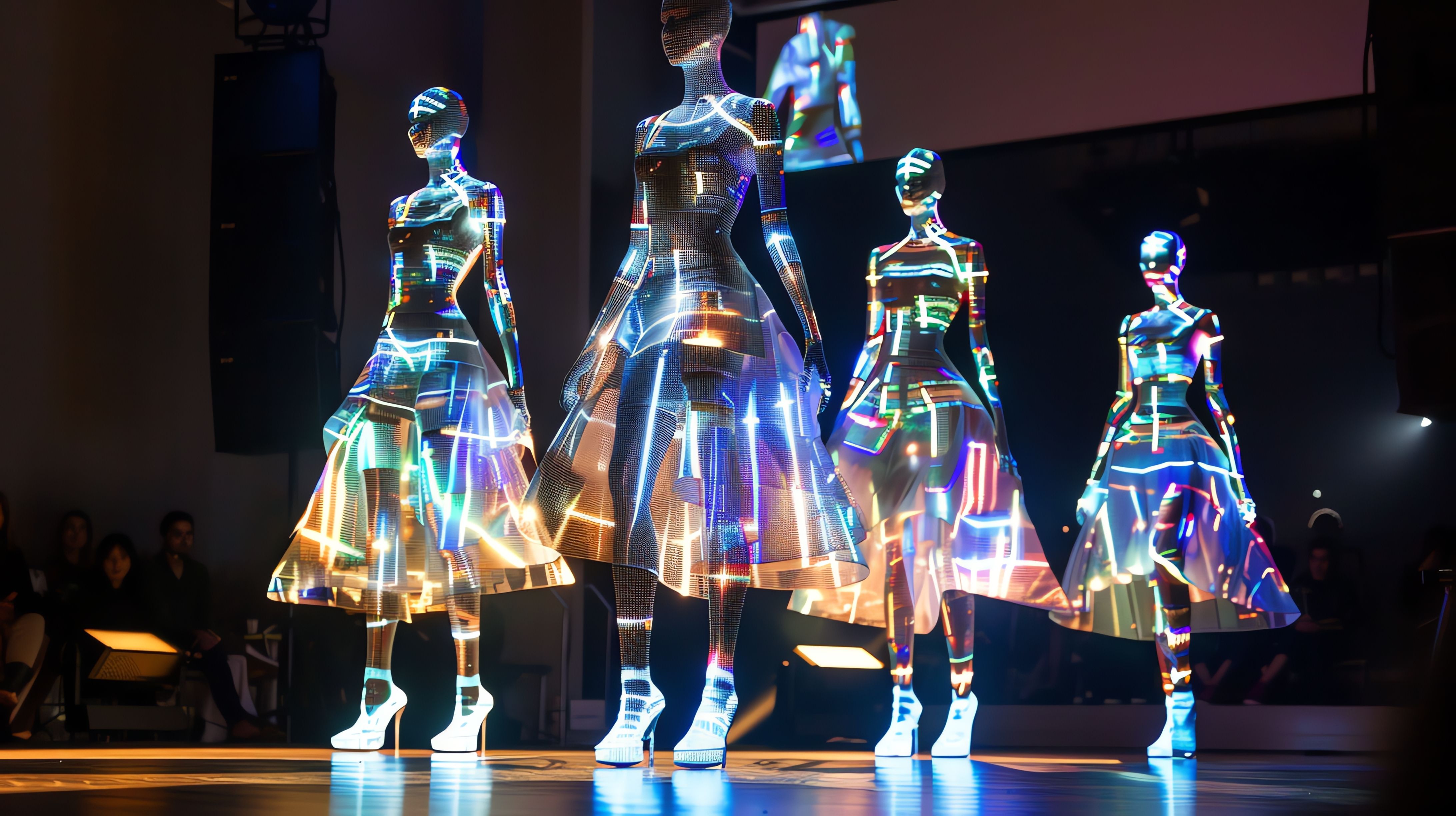
Looking ahead, fashion will be:
- Hybrid Events: A blend of in-person shows with immersive digital layers.
- AI Stylist Integrations: AI-powered apps will offer full outfit recommendations based on personal style, body type, and occasion.
- Global AI Fashion Weeks: Open-to-all digital events, with live translations and AR features.
- 3D Avatars for Every User: Customers will use their digital doubles to try on and customize clothes virtually.
- NFT Fashion Drops: Limited edition digital fashion lines authenticated on the blockchain.
AI retail solutions, store builders, and platforms like Glance are building this next-gen infrastructure.
Conclusion
From AI avatars to immersive virtual runways, fashion’s future is powered by intelligence and accessibility.
For designers, it’s efficient creativity.
For consumers, it’s instant, curated style.
And for the industry, it’s a sustainable, data-driven reset led by AI retail solutions, AI store builders, and platforms like Glance.
The next big runway? It’s no longer in Paris — it’s in your pocket.
FAQs
Q: What is an AI store builder?
A: An AI store builder is a platform that uses artificial intelligence to quickly create personalized digital storefronts. By analyzing user data and business inputs, it can automatically design layouts, generate product descriptions, and suggest visuals, allowing brands to launch online stores efficiently without coding.
Q: How are AI models changing fashion shows?
A: AI influencers offer global scale, creative freedom, and lower production costs without compromising engagement.
Q: What are AI retail solutions in fashion?
A: AI retail solutions in fashion use artificial intelligence to enhance shopping experiences and streamline operations. They include design tools, trend analytics, personalization engines, and visual search, helping brands optimize marketing, improve inventory management, and deliver tailored product recommendations to customers.
Q: Can Glance AI personalize shopping experiences?
A: Yes, it delivers curated, shoppable content tailored to your style directly on your phone lock screen.
Q: What’s next for AI and fashion?
A: Expect AI-powered fashion weeks, AR-based shopping, and global access to niche fashion powered by intelligent tools.


